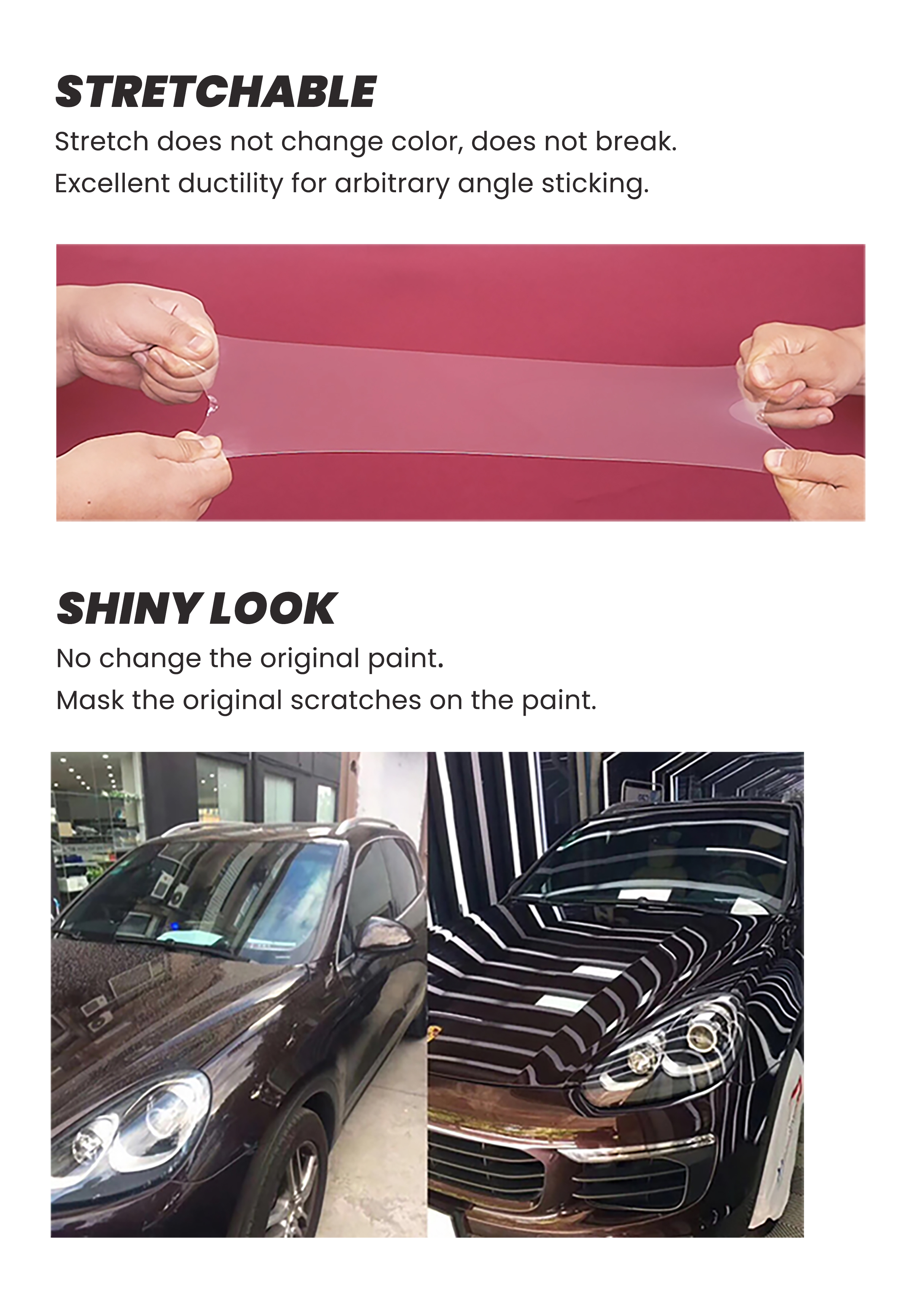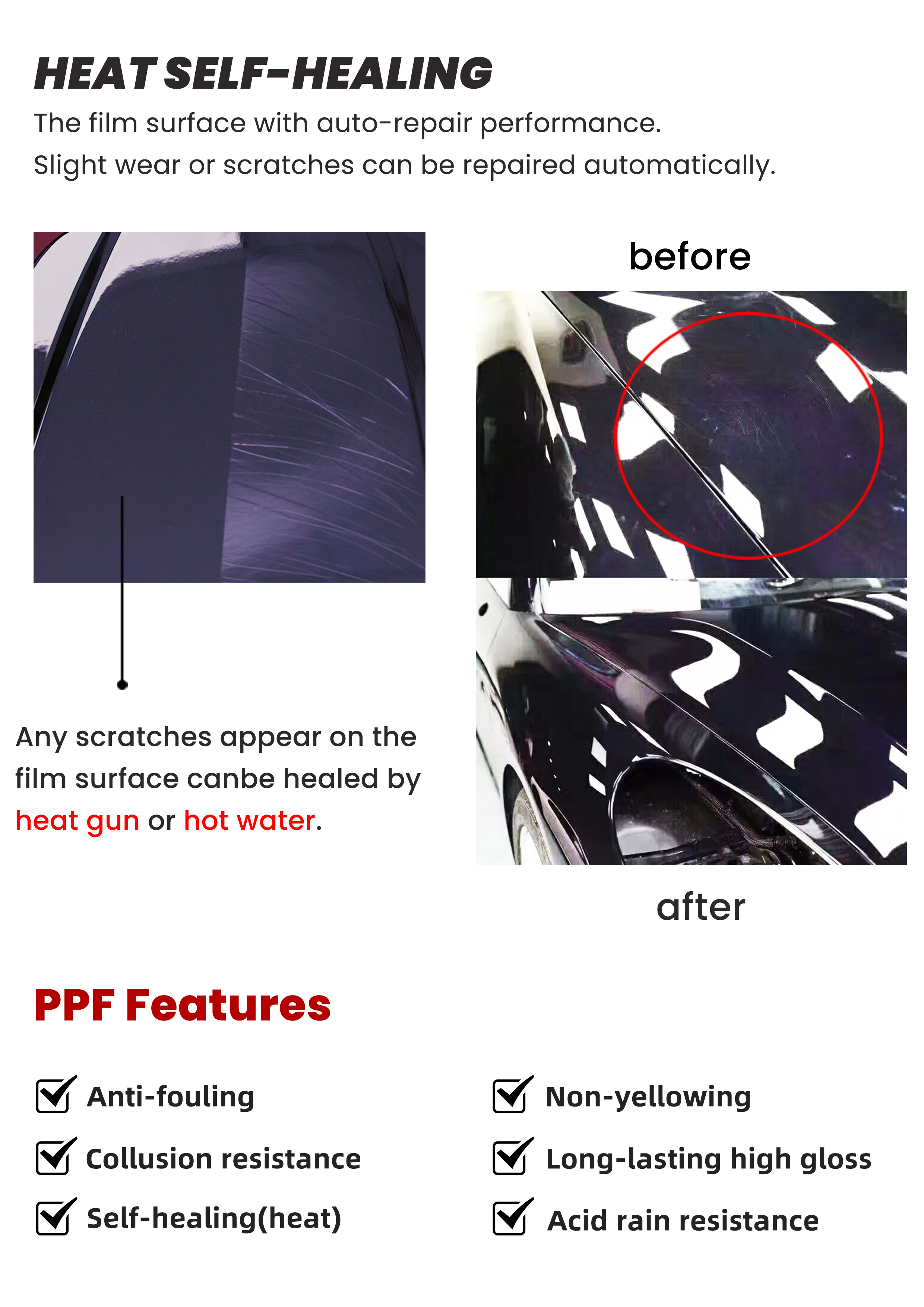Motec Paint Protection Film(PPF)
Car paint is a protective coating that covers the surface of a car. It can effectively prevent the body from being corroded by ultraviolet rays, rainwater, dust, corrosive substances, etc., and also protect the body, extending the service life of the car. In addition, car paint is also an important component of car appearance. The color and matching of car paint can greatly improve the aesthetics of the vehicle.
Seven major culprits causing paint damage to cars
1. Ultraviolet radiation
Under strong ultraviolet radiation, the car paint will continuously evaporate oil, which is a self-protection action taken by the car paint to resist damage. However, when the paint oil evaporates excessively, it will lose its luster.
2. Fading
Paint is porous, and when it absorbs a large amount of dyes, fumes, and pollutants from the air, the paint surface may experience localized discoloration or fading.
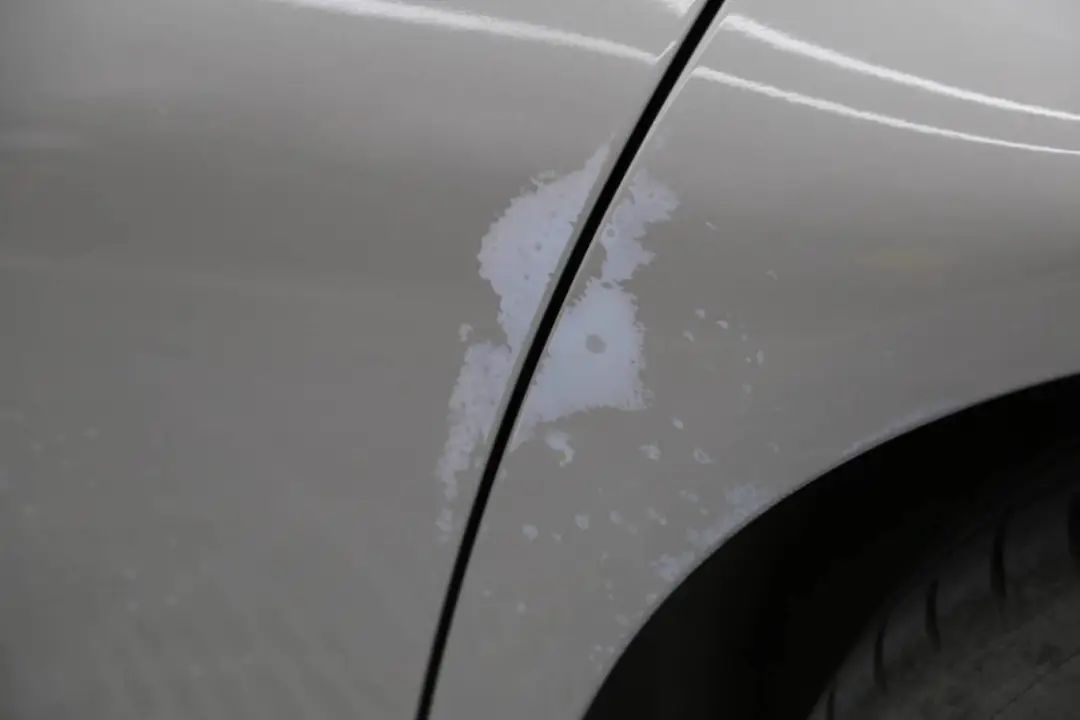
3. Water mark pattern
Acidic and alkaline gases in the air oxidize and melt into water, forming acid rain and alkaline rain. After rain, water evaporates to form strong acid-base reactions and leave circular marks on the paint surface. It is recommended to rinse with clean water after rain.
4. Corrosion
There are many causes of corrosion, including insect carcasses, bird droppings, tree sap, tar, asphalt, and some acidic and alkaline liquids.
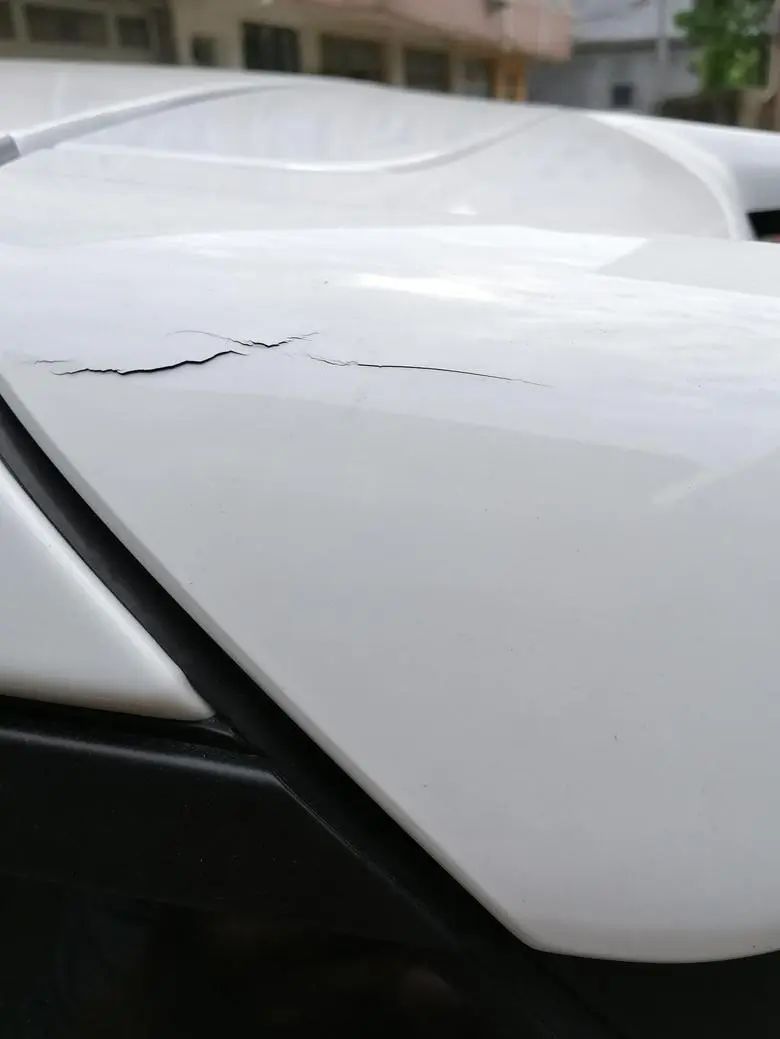
5. Scratches
Car washing, polishing, grinding, friction, tree sap, sandstorms, and improper daily care can all cause slight scratches on the paint surface of the car.
6. Scratching and rubbing
Collisions, accidents, parking errors, malicious injuries, delivery electric scooters, dump trucks, high-speed stones, high-altitude falling objects, etc., scratches on primer.
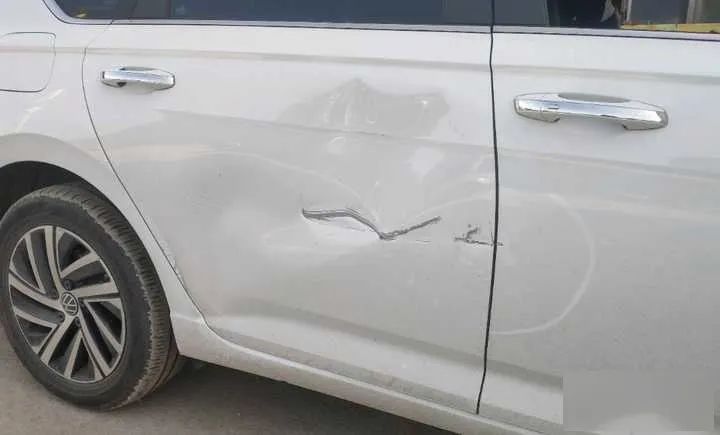
7. Cracking
Without regular care, under the influence of multiple injuries, the paint surface produces subtle cracks that continuously penetrate the car paint until they penetrate, resulting in extensive peeling of the paint surface.
What are the protective measures?
1. Polishing
Many car owners believe that if the paint becomes dull or shows sun streaks and scratches, it only needs to be polished. Polishing not only has a short construction time and affordable price, but also has a significant effect. However, it should be noted that the thickness of the varnish is limited, and frequent polishing can cause the varnish layer to gradually become thinner, ultimately losing its ability to protect the primer.
2. Waxing
Waxing is the lowest cost method among all car paint repair methods. Its principle is to fill the scratches and pits with tiny car wax molecules to restore the smoothness of the surface. At the same time, a thin wax film is formed on the paint surface to prevent direct contact with air, thereby slowing down the speed of paint oxidation. Waxing can indeed make car paint shiny in the short term, but due to the soft nature of car wax itself, its durability is very limited. Generally, after washing the car two to three times, the wax layer will be completely removed.
3. Paint protection film
Due to the high hardness and toughness of the material of the paint protection film, it can achieve a more perfect protective effect in daily use, avoiding general paint damage for car owners. Excellent paint protection film not only prevents scratches, but also brightens the car paint, delays paint yellowing, prevents corrosion, etc., and can last for 5-10 years, with extremely high cost-effectiveness.
Motec Paint Protection Film(PPF)

